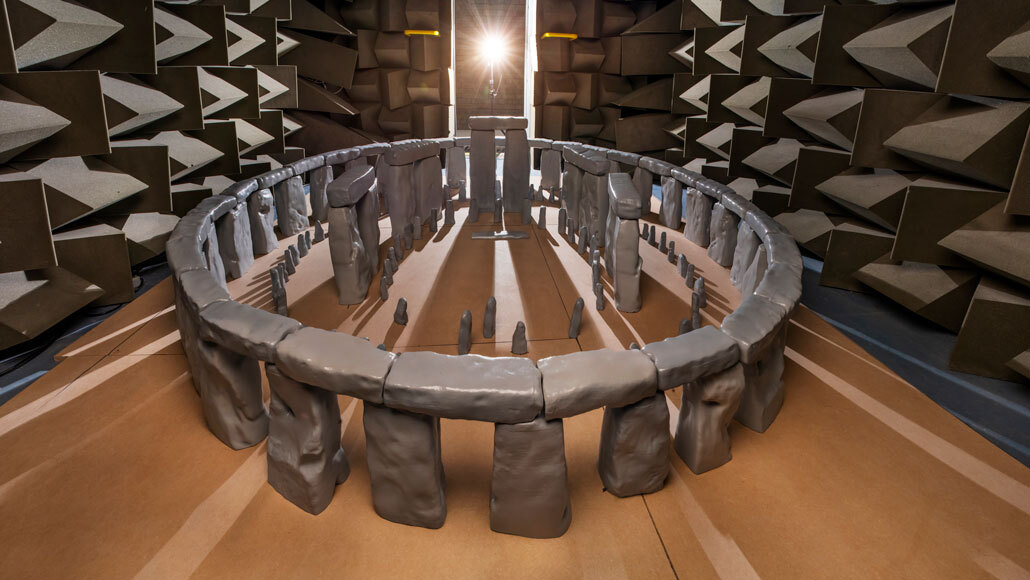Questions for “Stonehenge enhanced voices and music within the stone ring”

One-twelfth the size of original, this scale model helped scientists discover that Stonehenge would have amplified speech and improved musical sounds — but only for those inside the stone circle.
Acoustics Research Centre/Univ. of Salford